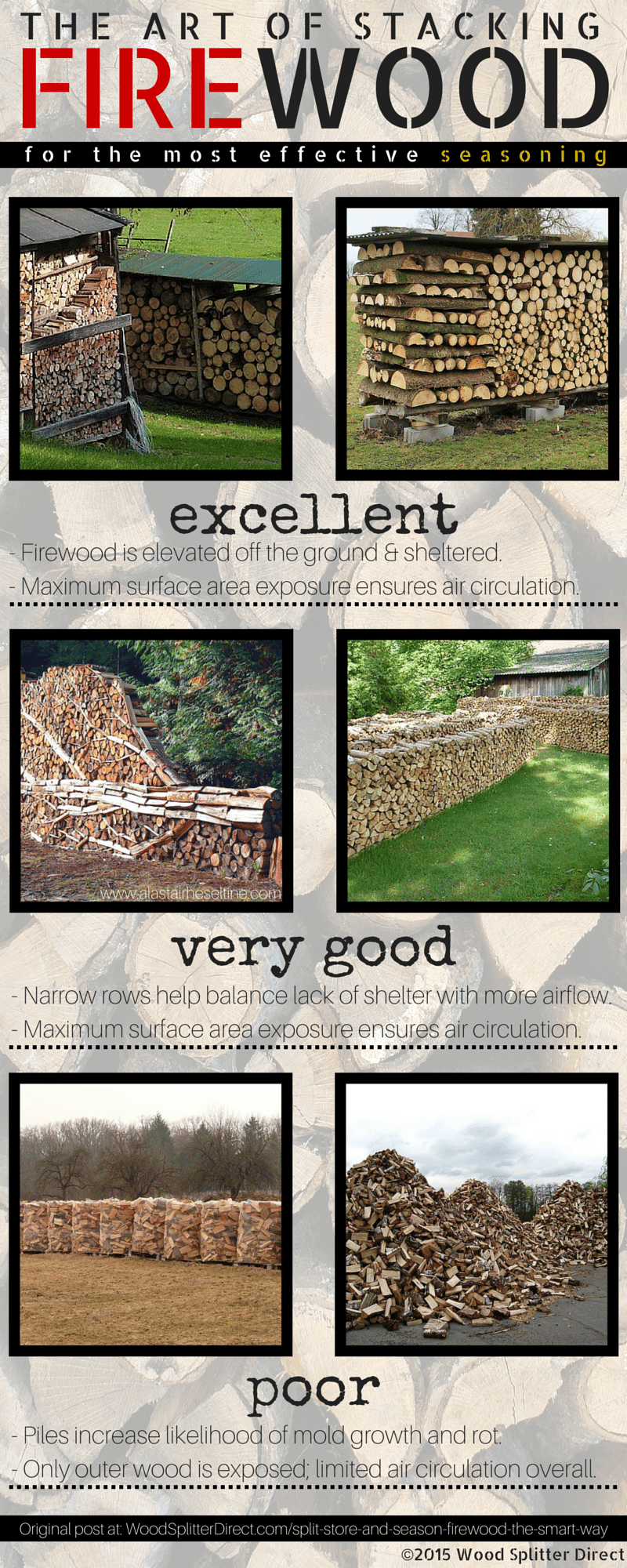So, you have decided that you’re ready to heat your house with wood or start a seasonal business splitting and selling firewood; choosing the right tools and storage methods can save you from a cold winter and cords of unsalable firewood.
The Right Equipment: Splitters
If you're going to be splitting cord after cord to produce enough firewood to fuel your home or your business, especially if you're planning on working with large rounds or hardwood, you will definitely want to consider purchasing a log splitter. Not only will a log splitter speed up the process, it'll also save your back (and the rest of you) from serious wear and tear, too.
There are several wood splitters on the market that will help you get the job done. For this article I'll be focusing on Iron & Oak Log Splitters. The Iron and Oak brand is one of the most trusted names in the industry and currently leads the market in heavy use / commercial grade splitters.
Choosing one of Iron and Oak's vertical / horizontal splitters is an investment that will pay off in generous dividends. Having the vertical option is ideal for rounds that are too heavy to lift. The Iron and Oak Duro-Glide 30-Ton vertical / horizontal splitter is great machine for the self-starter. It's tough enough to take on the most stubborn hardwoods. Not to mention the 25-inch log opening that allows you to split some substantial logs.
With the Iron & Oak Duro-Glide's 12-second cycle time, splitting is faster and easier over maul and mallet approaches. The cycle time is sufficient to remove split rounds and replace them with next to be cut. This quick turnaround is critical if you’re splitting firewood for sale you will want the process to move as quickly as possible. Time is money and using the Iron and Oak vertical / horizontal log splitter will easily save you hours of work and prep time.
A solid log splitter can make the difference between profit and loss, success and failure. Don't risk your work, effort, or business by choosing a cheap log splitter now that may cost you later.
The Right Environment: Storage
Having dry storage for your wood to season in is vital for ensuring the highest quality firewood for your home and your business.
The first step is to keep wood off of the ground. Using pallets as a base in your storage area will not only ensure airflow but also keep moisture at bay. Using firewood racks is another easy way to keep your firewood off the ground. After all, you don't want to waste any of the hard work that went into splitting all of that wood by having it mold or rot. If you’re lacking covered storage, purchasing a tent or canopy unit is an affordable and easy way to cover cords.
The second step is to take the time to neatly stack the wood into as narrow rows as possible. It's tempting to just toss everything into a pile and call it a day (after all, you HAVE been putting in a lot of work already) but in order to successfully season firewood, quickly and efficiently, you need to maximize surface area exposure and airflow circulation. Remember, the whole point of seasoning is to reduce the amount of water in the wood; evaporation.
Firewood that is ready to burn or sell should have no more than 20% total moisture content. In a typical four-season climate, it will take about 9 months for your firewood to fully season; you’ll want to plan for wood to dry over a whole summer. Take a look at our Seasoning is the Key to Good Firewood article to learn more about the importance of seasoning firewood.

